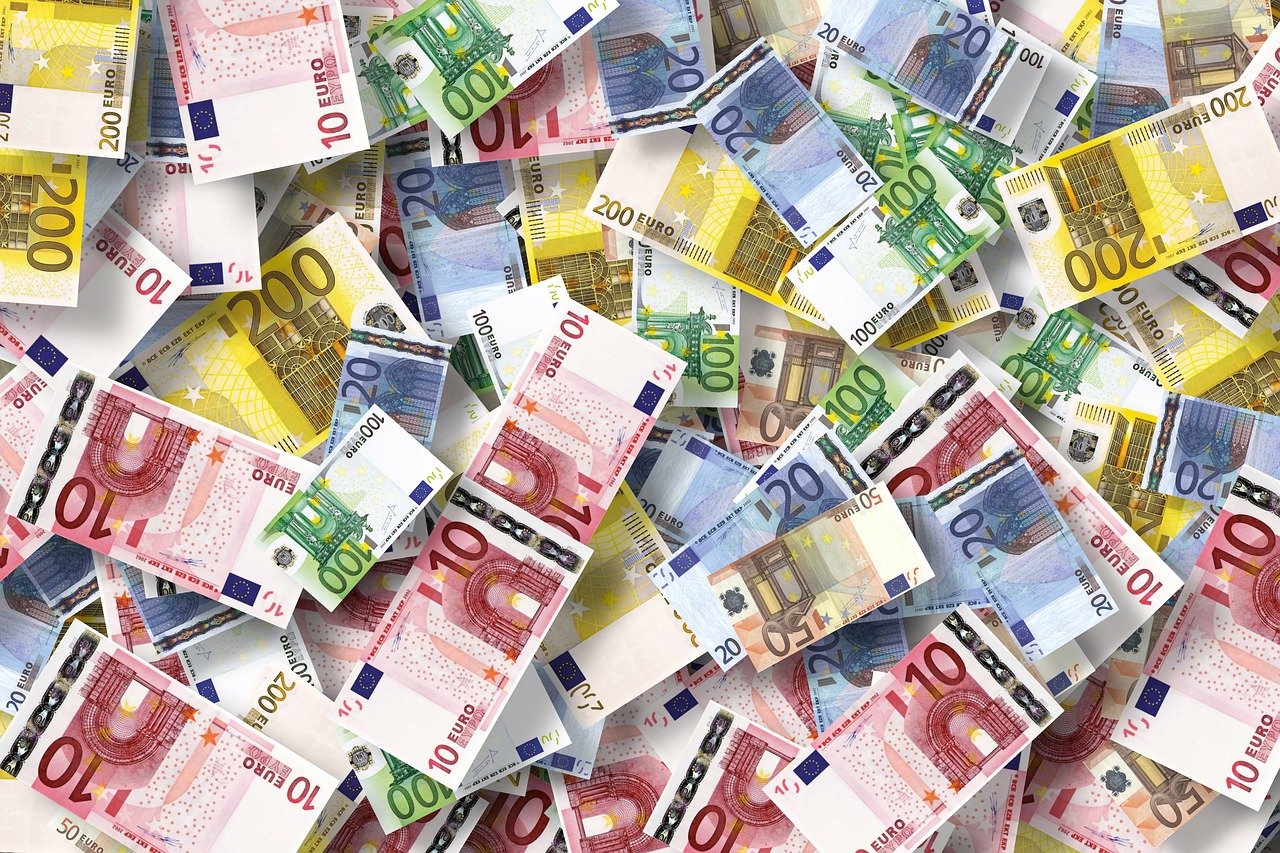UAE Dirham-Dollar Peg: Global Impact on Investment, Imports, and Monetary Policy
GPT_Global - 2025-10-19 23:01:07.0 11
How do central banks in other countries view the UAE’s dirham-dollar peg?
The UAE's dirham-dollar peg has garnered attention globally, particularly from central banks in other countries. This fixed exchange rate system, where 1 AED is pegged to 3.6725 USD, offers stability and predictability, two essential factors for international trade and remittance businesses. The peg is often seen as a safeguard against market volatility, providing a reliable currency environment for both businesses and consumers.
Central banks in countries with volatile currencies view the dirham-dollar peg favorably as it enhances the UAE's financial stability. With the dirham tied to the US dollar, foreign exchange risks are reduced, benefiting international remittance transactions. This stability encourages cross-border money transfers, as the value of remitted funds is not affected by drastic currency fluctuations.
For remittance businesses, the dirham-dollar peg offers predictability, ensuring that both the sender and recipient know exactly how much money will be received. This predictable exchange rate fosters trust and confidence, essential for building long-term relationships with customers in countries with high expatriate populations.
Overall, the UAE's dirham-dollar peg enhances the country's role as a financial hub, boosting remittance flows and offering a secure environment for international transactions.

Can the UAE decide to decouple the dirham from the US dollar in the future?
The question of whether the UAE could decide to decouple the dirham from the US dollar in the future is increasingly relevant for global investors and the remittance industry. Since 1997, the UAE dirham has been pegged to the US dollar at a stable rate of AED 3.6725 per USD, providing economic stability and predictability for businesses and expatriates sending money home.
However, changing global market conditions, fluctuating oil prices, and growing trade ties with non-US partners have prompted discussions about whether maintaining this peg remains ideal. If the UAE were to decouple the dirham, it could lead to exchange rate volatility, directly impacting remittance costs and currency conversion rates for millions of foreign workers.
For remittance businesses, any change in the dirham’s dollar link would require quick adaptation. Companies offering money transfer services to and from the UAE must closely monitor exchange rate movements, update pricing algorithms, and enhance transparency to maintain customer trust. While a decoupling scenario is unlikely in the short term, staying informed and prepared ensures stability for both remittance providers and customers alike.
How does the dollar-peg affect international investment in the UAE?
The UAE's dollar-peg system has a significant influence on international investment, especially in industries like remittance services. By pegging the UAE dirham to the US dollar, the country offers stability and predictability in currency exchange rates. This attracts foreign investors seeking a stable environment to conduct business without worrying about exchange rate volatility.
For the remittance business, this stability means that customers can send money across borders with confidence, knowing that the value of the dirham won't fluctuate dramatically. The consistency provided by the dollar-peg ensures that international transactions are smooth, and costs remain predictable, benefiting both senders and recipients.
Furthermore, the peg fosters a favorable economic environment that encourages both local and foreign investments. It enables businesses, especially in the financial sector, to grow, as companies operating in the UAE can easily access global capital markets. This boosts the remittance industry, making it a key player in the region's economy.
In conclusion, the dollar-peg in the UAE promotes a secure environment for international investment, supporting the growth of industries like remittance services and contributing to the overall economic prosperity of the region.
What is the role of the UAE’s monetary policy in determining the value of 1 dirham?
The UAE’s monetary policy plays a significant role in determining the value of the dirham, the country’s official currency. The UAE Central Bank regulates money supply, interest rates, and inflation to stabilize the economy and ensure the dirham remains strong. By managing inflation and ensuring economic growth, the central bank helps maintain confidence in the currency, which is crucial for businesses, including remittance services.
For remittance businesses, the value of the dirham directly impacts how much money recipients receive when sent from overseas. A strong dirham ensures that the money received is more valuable, offering better exchange rates for recipients. Conversely, a weakened dirham might reduce the value of remittances, affecting both senders and receivers.
Monetary policy decisions by the UAE central bank, such as adjusting interest rates, can affect investor confidence and the overall economic climate. This has a direct impact on foreign exchange rates and remittance flow. Therefore, understanding the UAE’s monetary policy is essential for remittance businesses to manage their operations and offer the best service to customers.
How do currency speculators impact the dirham-dollar exchange rate?
Currency speculators play a crucial role in shaping the dirham-dollar exchange rate, and their actions can directly influence remittance costs. Speculators buy or sell currencies like the UAE dirham or US dollar based on expected market movements. When large-scale speculation occurs, it can cause short-term fluctuations in exchange rates, impacting how much money expats send home.
For the remittance industry, these fluctuations can mean either higher or lower transfer values depending on market trends. When the dollar strengthens against the dirham, remitters may receive less value in local currency. On the other hand, a weaker dollar can benefit senders, making remittances more valuable.
Understanding how currency speculators impact the dirham-dollar rate helps remittance businesses plan better exchange strategies and offer more competitive rates. By monitoring global financial trends and hedging against volatility, remittance providers can protect their customers from sudden losses and ensure smoother, more predictable money transfers.
What happens if the US dollar experiences a sudden devaluation?
The sudden devaluation of the US dollar can have major implications for the global remittance industry. When the dollar weakens, it affects exchange rates worldwide, influencing how much value recipients receive in their local currencies. For individuals sending money abroad, this can mean either a higher or lower transfer value depending on the destination country’s currency strength.
For remittance businesses, a dollar devaluation often leads to increased transaction volume. Senders may take advantage of favorable exchange rates, transferring more money to support families overseas. However, fluctuating rates can also create uncertainty, emphasizing the need for reliable remittance services that offer transparency and competitive rates.
To stay ahead, remittance providers should adopt real-time currency monitoring and flexible rate options to protect customers from volatility. By offering secure, fast, and low-fee transfers, remittance companies can build trust even during economic shifts. Understanding the impact of a dollar devaluation allows businesses and consumers alike to make smarter financial decisions in a changing global market.
How does the 1 dirham to dollar rate affect the cost of imports in the UAE?
In the UAE, the exchange rate between the dirham (AED) and the US dollar (USD) plays a crucial role in determining the cost of imports. As the dirham is pegged to the US dollar, any fluctuations in the exchange rate can directly impact the prices of goods and services imported from other countries.
When the dirham is strong against the dollar, the cost of importing goods into the UAE decreases. This is because the country can purchase more goods for the same amount of dirhams, leading to lower prices for consumers. On the other hand, if the dirham weakens against the dollar, the cost of imports rises, which may lead to higher prices for goods and services.
This has a significant effect on businesses, especially in industries reliant on imported products. For remittance businesses, these exchange rate changes can influence the cost of sending money internationally. A stronger dirham can make remittances more affordable for customers, while a weaker dirham may increase the cost of sending money abroad.
Understanding the impact of the AED to USD exchange rate is crucial for both consumers and businesses in the UAE. Keeping track of currency fluctuations helps businesses plan effectively and manage the cost of imports, as well as the affordability of remittances for customers.
What alternatives exist for the UAE if it chooses to move away from the dollar peg?
As the UAE contemplates the possibility of moving away from its dollar peg, it opens up a range of potential alternatives for its currency policy. The dirham's current peg to the US dollar has been a cornerstone of the UAE's economy, offering stability and predictability in the global market. However, a shift could provide the UAE with more control over its monetary policy and reduce dependence on the dollar.
One potential alternative could be a peg to a basket of currencies, including the euro, British pound, or even regional currencies like the Saudi riyal. This would offer more flexibility in managing the UAE's economy and could help mitigate the impact of global dollar fluctuations. Another option is adopting a free-floating currency, allowing the UAE dirham's value to be determined by market forces. This move, however, may introduce more volatility and risk, especially in the short term.
For businesses in the remittance sector, these changes could significantly impact exchange rates and cross-border money transfers. It’s essential to stay informed about currency movements and adjust remittance strategies accordingly to minimize risk and optimize rates for clients. Remittance companies should be prepared to adapt quickly to any shifts in the UAE's currency policy to ensure seamless and cost-effective services for their customers.
About Panda Remit
Panda Remit is committed to providing global users with more convenient, safe, reliable, and affordable online cross-border remittance services。
International remittance services from more than 30 countries/regions around the world are now available: including Japan, Hong Kong, Europe, the United States, Australia, and other markets, and are recognized and trusted by millions of users around the world.
Visit Panda Remit Official Website or Download PandaRemit App, to learn more about remittance info.

